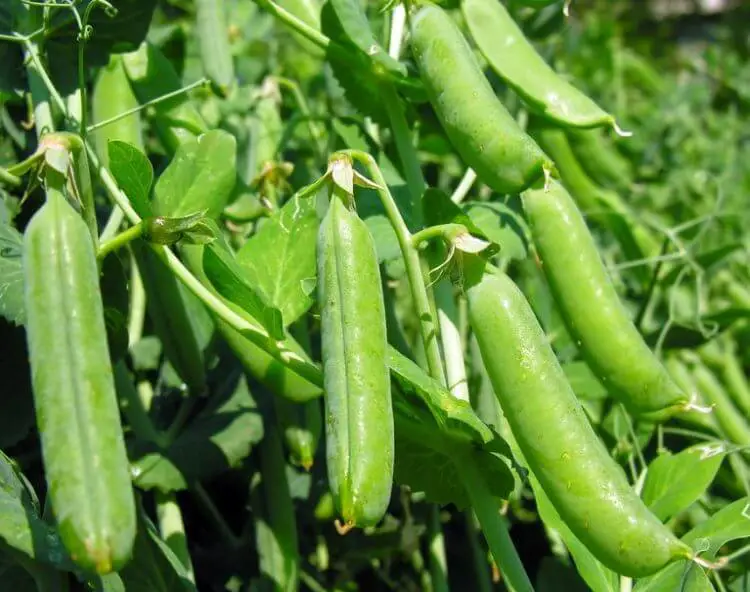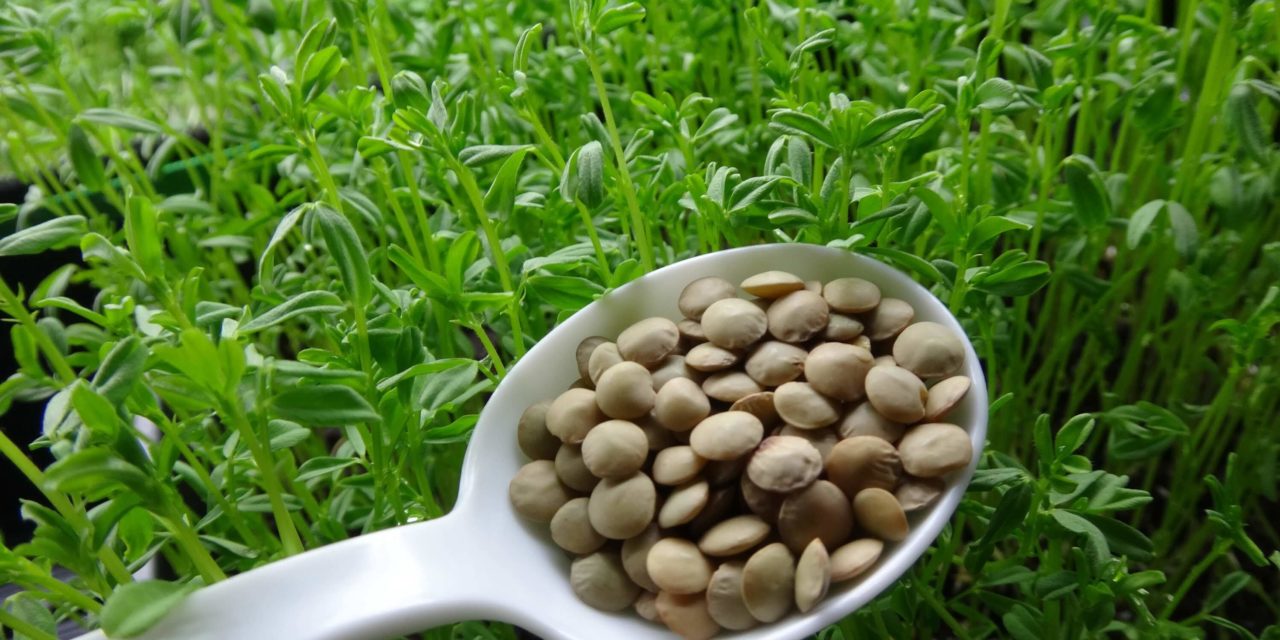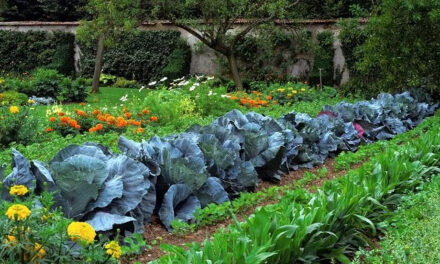Want to learn how to grow lentils? This guide to growing lentils will show you how to grow lentils from start to finish!
Lentils are an ancient Mediterranean crop that have been cultivated for thousands of years. Highly nutritious, lentils are grown as an annual crop during cool seasons and in areas where there is little rainfall. Lentils are better suited to damper, cooler climates, such as the Mediterranean, Asia, Europe, and the Pacific Northwest.
In fact, lentils have been dated as far back as 2400 BC, with some even having been found in Egyptian tombs. In North America, lentils grow best in the Pacific Northwest, Washington, northern Idaho, and Western Canada. Lentils are usually exported, but consumption of lentils is on the rise in North America.
Growing lentils are fairly easy and they will provide you with a slew of different culinary opportunities!
Lentils are known and loved for their highly nutritious content, as they contain a lot of protein, making it the perfect vegetable for those who do not consume meat. Lentils are mostly used to prepare side dishes, entrees, in salads, and they can be even fried as a snack. Lentil soup is another popular dish, and the lentils can also be ground to make lentil flour for breads and cakes.
The husks, stems, and leaves of lentils can be dried and used as livestock feed. Dried lentils can also be used to feed livestock.
Growing Lentils in The Garden

Lentils like well drained soil and South or East exposures. Good drainage is very important for lentils, as even short periods of flooding can kill the plants. Lentils require full sun, good air circulation, and temperate climates.
Planting & Growing Lentils:
- For lentil plants to grow, sow lentil seeds in spring, about 2-3 weeks before the last average frost date.
- You can also start seeds indoors, and the lentil seedlings should sprout within 10 days.
- It will take about 80 to 110 days for lentils to come to harvest.
- Plant each lentil seed about 1/2 inch to 1 inch deep, space about 1 inch apart.
- Once they grow to seedlings, thin them to 4-5 inches apart.
- Space rows 18-25 inches apart.
Caring for Lentil Plants:
- Keep the soil moist and do not water lentil plants once pods have begun to dry.
- Before sowing, add aged compost to planting beds.
- If needed, support your lentil plants with a trellis.
- Lentil plants can also be grown in containers.
Harvesting Lentils:
- For dried seeds, harvest lentil pods when they have matured and hardened.
- If you're harvesting them while green, do so after 70-80 days (they will look like snap peas).
Lentils Pests & Diseases:
Lentils are susceptible to powdery mildew which is yellowing of the leaves. You will see powdery gray/white areas and/or yellow spots on the upper surface of the leaves. If the lentil plant is severely infected, the spots may appear light blue or gray in color.
Ascochyta blight is another fungus that gives lentil leaves a brown to light brown lesion, which usually appears on the border of the leaves. This happens when there are high levels of humidity. Black dots may also appear in the center of the lesions.
Anthracnose is a fungal disease that manifests itself in tan lesions with darker borders on the leaves. They will usually appear before flowering or shortly after blooming. If leaves are affected, they will drop from the lentil plant prematurely. To prevent this from happening, choose lentil varieties which are disease resistant.
So now that you know how to grow lentils, it's time to start planting!
Looking for more lentil articles? Check out how to sprout lentils indoors!
Happy Planting!




















